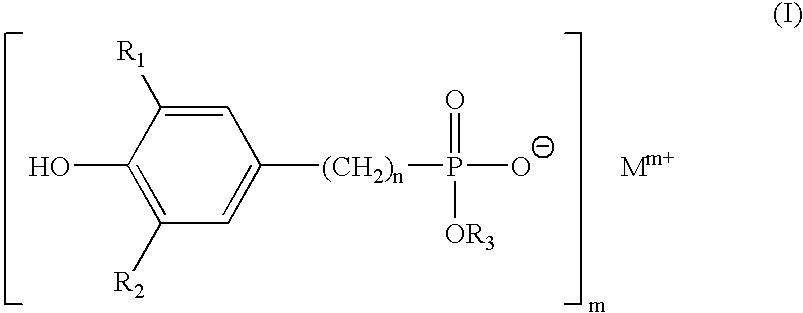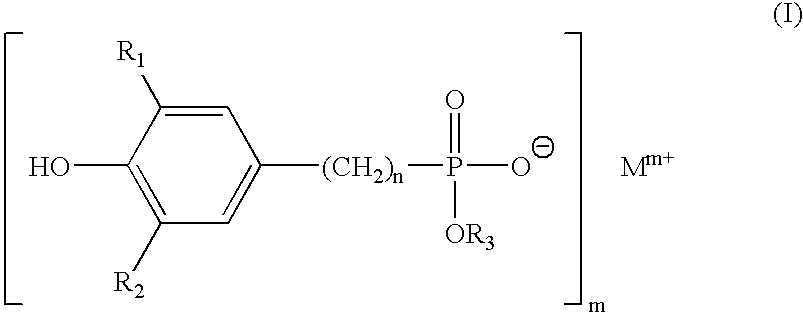Polytrimethylene terephthalate
a technology of polytrimethylene terephthalate and polytrimethylene terephthalate, which is applied in the chemical characteristics of monocomponent polyester artificial filaments, textiles and paper, fibres, etc., can solve the problems of reducing processing stability, not fundamentally improving the above problem, and end breakage, so as to improve the above problem fundamentally, stable production of woven fabrics, and reduce the amount of precipitated cyclic dimers
- Summary
- Abstract
- Description
- Claims
- Application Information
AI Technical Summary
Benefits of technology
Problems solved by technology
Method used
Image
Examples
example 1
[0082] A mixture of 100 parts by weight of dimethyl terephthalate and 70.5 parts by weight of trimethylene glycol and 0.053 part by weight of tetra-n-butyl titanate were fed to a reactor equipped with a stirrer, fractionating column and methanol distillation condenser. An ester interchange reaction was carried out while the inside temperature of the reactor was gradually elevated from 140° C. and methanol formed by the reaction was distilled out to the outside of the system. The inside temperature of the reactor reached 210° C. in 3 hours after the start of the reaction.
[0083] The obtained reaction product was transferred to another reactor equipped with a stirrer and glycol distillation condenser to carry out a polymerization reaction while the inside temperature of the reactor was gradually raised from 210° C. to 265° C. and the inside pressure was reduced from normal pressure to 70 Pa. The polymerization reaction was terminated when the intrinsic viscosity of the reaction produc...
example 2
[0089] Melt polymerization and solid-state polymerization were carried out in the same manner as in Example 1 except that CDHMP was not added to obtain a chip having an intrinsic viscosity of 0.98 dl / g. This chip was re-molten at 260° C. by using a double-screw extruder, and CDHMP was added from the side feeder in an amount of 0.1 wt %. Thereafter, the extruded strand was cut with the strand cutter again to obtain a chip having an intrinsic viscosity of 0.93 dl / g. The obtained chip was formed into a fiber in the same manner as in Example 1. The evaluation results are shown in Tables 1 and 2.
example 3
[0090] Melt polymerization and solid-state polymerization were carried out in the same manner as in Example 1 except that CDHMP was not added to obtain a chip having an intrinsic viscosity of 0.93 dl / g. 100 parts by weight of the obtained chip was sprayed with 2.0 parts by weight of a dichloromethane solution containing 5 wt % of CDHMP and then dried at normal temperature in a nitrogen stream. The obtained chip was formed into a fiber in the same manner as in Example 1. The evaluation results are shown in Tables 1 and 2.
PUM
| Property | Measurement | Unit |
|---|---|---|
| Temperature | aaaaa | aaaaa |
| Temperature | aaaaa | aaaaa |
| Time | aaaaa | aaaaa |
Abstract
Description
Claims
Application Information
 Login to View More
Login to View More - R&D
- Intellectual Property
- Life Sciences
- Materials
- Tech Scout
- Unparalleled Data Quality
- Higher Quality Content
- 60% Fewer Hallucinations
Browse by: Latest US Patents, China's latest patents, Technical Efficacy Thesaurus, Application Domain, Technology Topic, Popular Technical Reports.
© 2025 PatSnap. All rights reserved.Legal|Privacy policy|Modern Slavery Act Transparency Statement|Sitemap|About US| Contact US: help@patsnap.com



